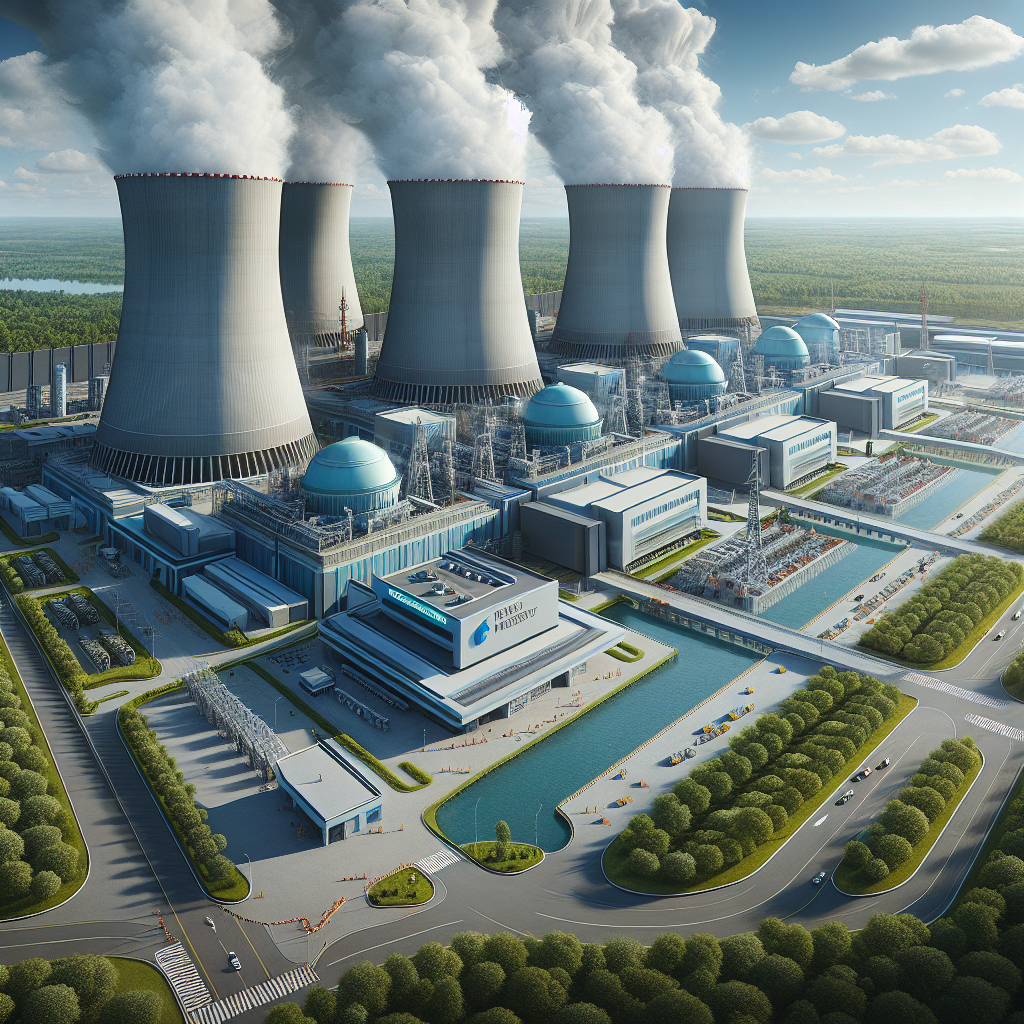Nuclear Power Race: Moon's Infrastructure Influence
As nations plan to build nuclear reactors on the Moon, infrastructure becomes a source of influence in space. The US and China have differing timelines for their lunar power plants, with international laws guiding these developments. Nuclear energy is pivotal for extended lunar exploration and potentially Mars missions.

- Country:
- Canada
The Moon's new frontier is not just about exploration flags but about infrastructure. In this strategic race, nuclear power plants are pivotal to establishing influence in space. China and the US have announced plans to build operational reactors on the Moon by 2035 and 2030, respectively, to support lunar bases.
Historically, nuclear power in space is not new, with radioisotope generators powering satellites and Mars rovers since the 1960s. International guidelines, like the United Nations' 1992 Principles, allow for nuclear energy as a vital source when solar power falls short, provided safety and transparency are maintained.
The 1967 Outer Space Treaty, emphasizing peaceful exploration, states countries must respect each other's interests. While a reactor isn't a territorial claim, it will set precedents for lunar behavior and resource access. Nuclear capability is essential for deeper space exploration, potentially unlocking human activity on Mars.
(With inputs from agencies.)
ALSO READ
U.S. LNG Demand Stays Strong Amidst China-Russia Gas Deals Concerns
Congress Urges National Disaster Status for Uttarakhand Calamities
Tamil Nadu's Dravidian Progress: A Model for Social Justice
International Criminal Court Pursues Justice: The Case Against Joseph Kony
BAE, Lockheed Pact Redefines Autonomous Air System Development










